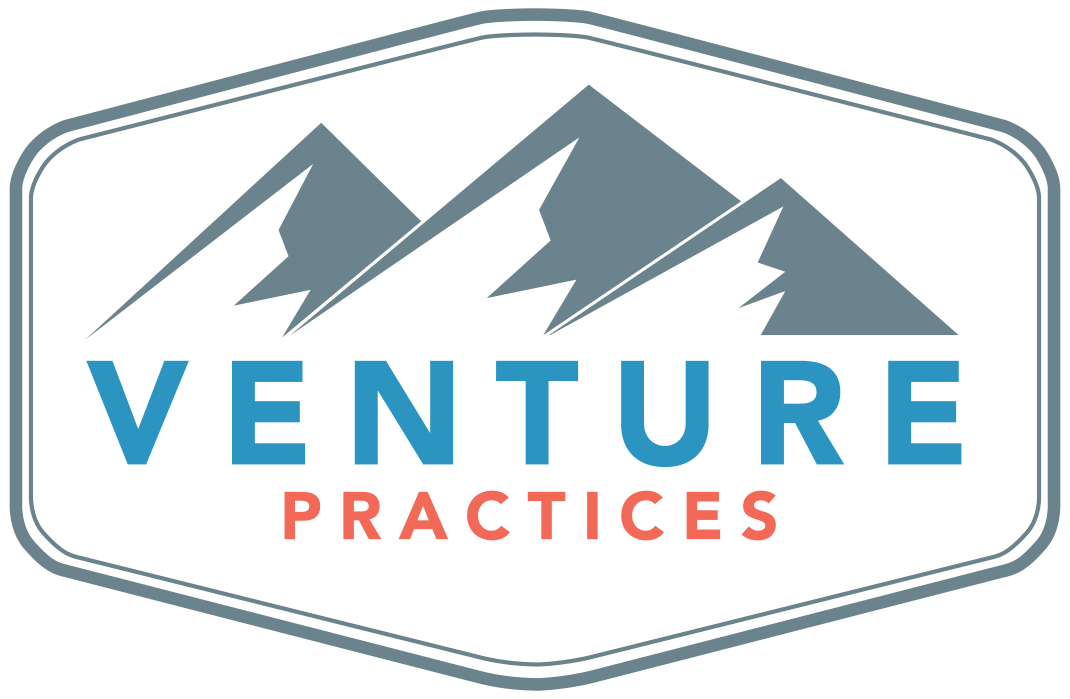
The cost of hiring a new employee is one of the most expensive parts of running a business. It does not make sense for a small business to have a dedicated human resources team. However, you should still have people dedicated to building your brand because hiring is extremely expensive; hiring the right employee is paramount.
A survey of 210 CEOs by Harvard Business School estimated that typical mid-level managers require six months to reach their breakeven point (BEP). In other words, a mid-level manager has to be on the job for more than six months for the company to earn back its investment in that hire.
Recruiting Cost
The goal of hiring a new employee should be longevity. This person should mesh well with your new staff while filling in gaps and offering valuable skills. The cost of hiring a new employee is high. A Harvard Business Review article cites bad hiring decisions as one of the top causes of employee loss, with 41% of surveyed employers estimating a single bad hire costing their business $25,000 or more.
Recruiting is an integral part of your business, check out Why Recruiters Aren’t Finding You Candidates.
The Real Cost of Hiring an Employee includes the following:
- Advertising the opening
- The time cost of internal recruiting- reviewing resumes, conducting interviews, etc.
- Various pre-employment assessment tasks- Drug screens, background checks, etc.
- Sign on bonus or incentives to stay relevant in today’s market
The Society for Human Resource Management estimates it costs around six to nine months of an employee’s salary to replace, considering the items listed above. Broken down, for an employee that makes $60,000, the cost to replace them is anywhere between $30,000 to $45,000.
Additional Expenses
While many recognize the actual number for an employee’s salary, they may not realize how much benefits will cost. Benefits are estimated to be around 1.25 to 1.4 times a base salary; if an employee makes $50,000 a year their benefits plus salary package would be about $62,500 to $70,000. In addition to benefits, an employer must also consider payroll taxes, equipment the new hire will need, training, and the loss of productivity will an employee is being trained.
Employee Retention and Growth
Valuing your current employees should be a top priority. That is why hiring the best person for the job and the best match for your company is crucial. Training is one of the costliest investments a company can make. Hiring and training a new employee is significantly more expensive than raising the wages of an existing employee. Therefore, giving your employees opportunities to grow will save you money in the long run.
While hiring and training during onboarding are vital tools to a well-run business, so is continuing to invest in upskilling your current employees. This means investing both resources and time to provide additional education and training.
Burnout, while not uncommon, is avoidable if you prioritize a healthy work-life balance. Certain businesses cannot allow for flexible scheduling or remote work; they must utilize other strategies to reduce the overwhelming feeling that leads to burnout. There are several different ways to make an employee feel appreciated. These included cultivating a strong sense of belonging and feeling appreciated through recognition, rewards, teamwork, and a strong leadership team. Employee retention is essential to a successful business.
Looking to add a new hire, check out How to Write Better Jobs Ads.
Voluntary and Involuntary Turnover
Turnover is extremely costly for a business; therefore, you will want to be aware of why employees leave. Voluntary turnover is when an employee leaves on their own regard. Analyzing and understanding the reasons for this can help with employee retention. Involuntary turnover is when an employee is asked to leave. While some of the reasons people leave are out of your hands, there are things you can do to decrease employee turnover. These include but are not limited to offering competitive pay, opportunities for growth, giving employees a voice, listening to concerns, and a strong leadership team.
Want to calculate your turnover rate? Divide the total number of separations by the average number of employees and then multiply by 100.
The Real Cost of Hiring an Employee
New hires and current employees alike are looking for more than just a 9-5. They want substance and belonging. When employees feel like they are part of something that matters, they ultimately hold themselves to a higher standard. The happier an employee is, the more likely they are to stay. Cultivating an environment where all employees feel comfortable and have a sense of belonging is the secret weapon for retention.
